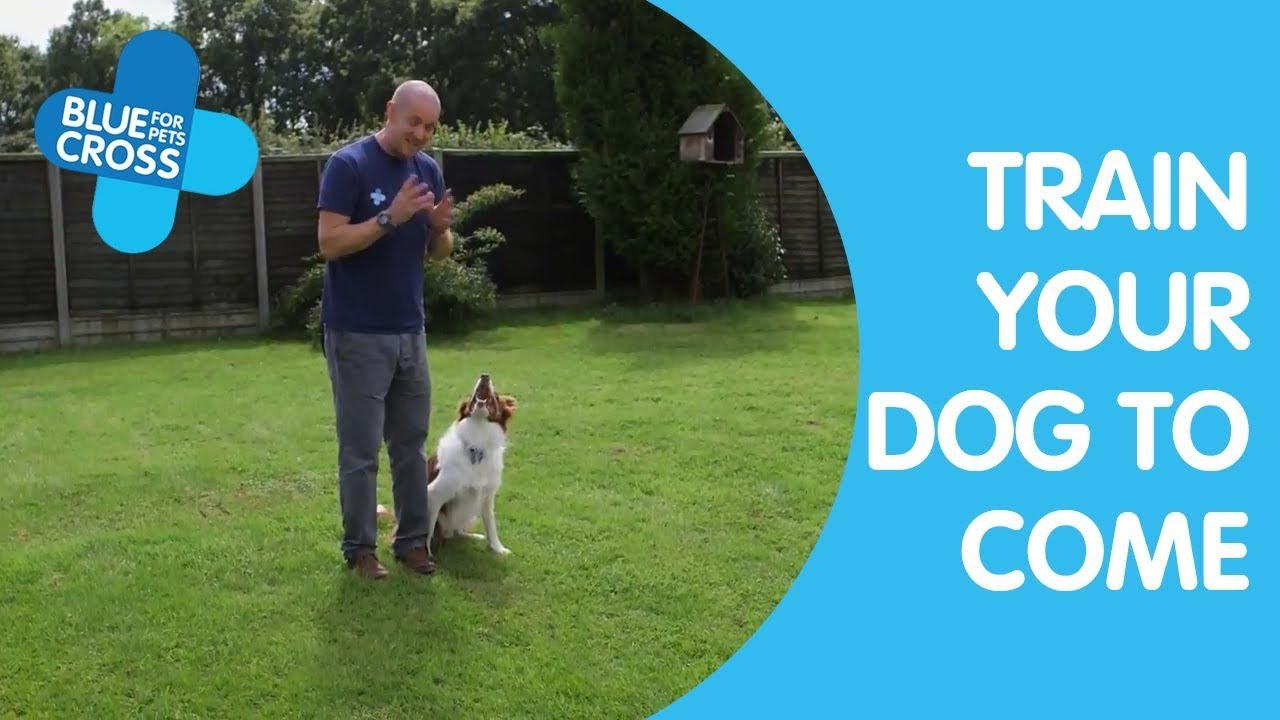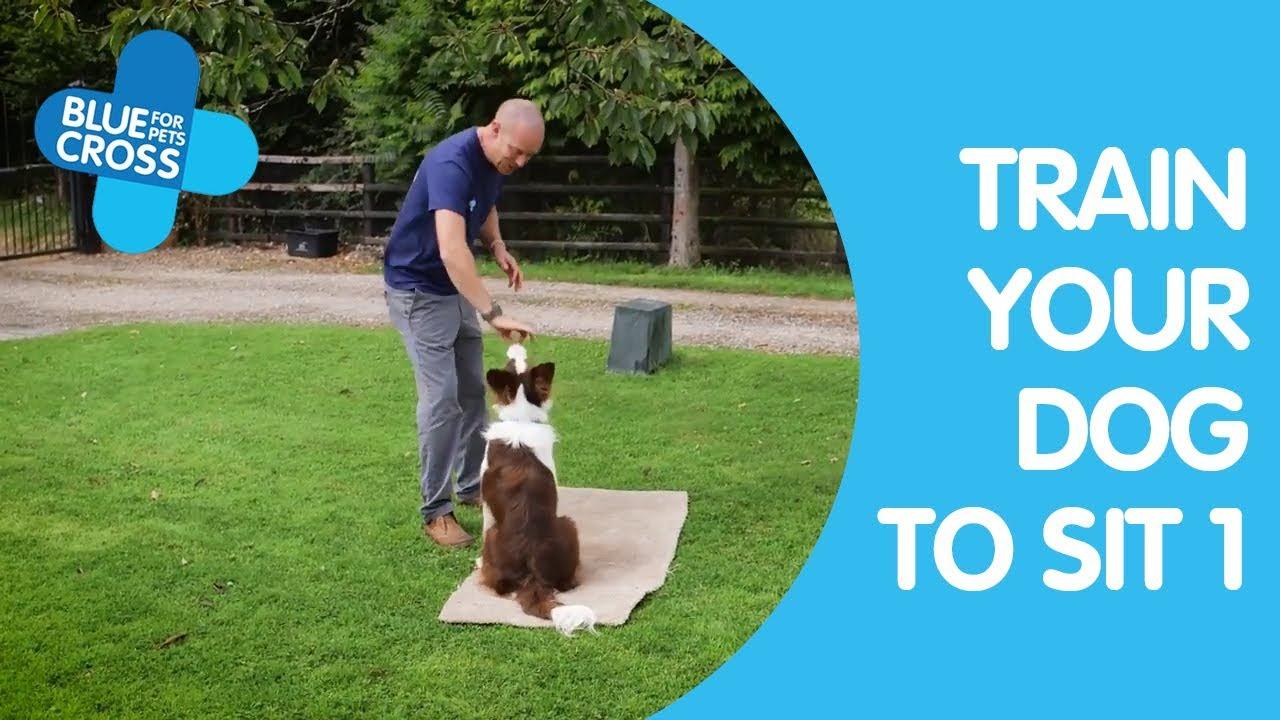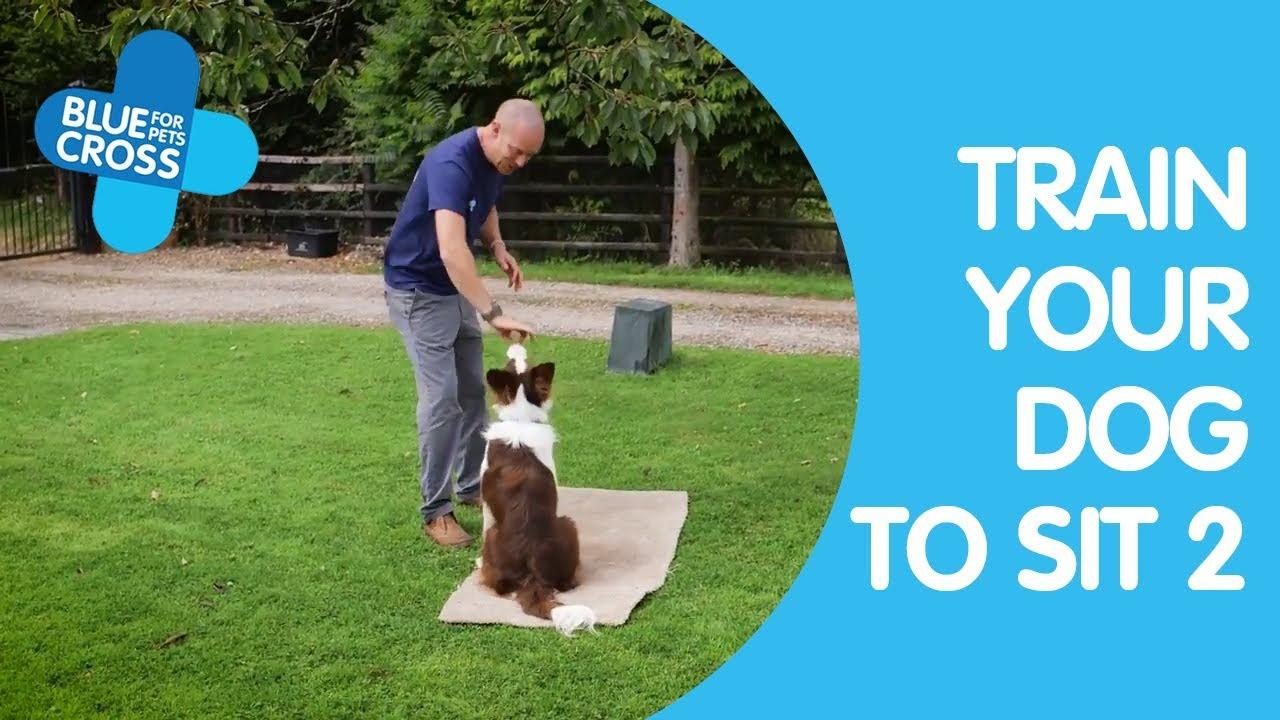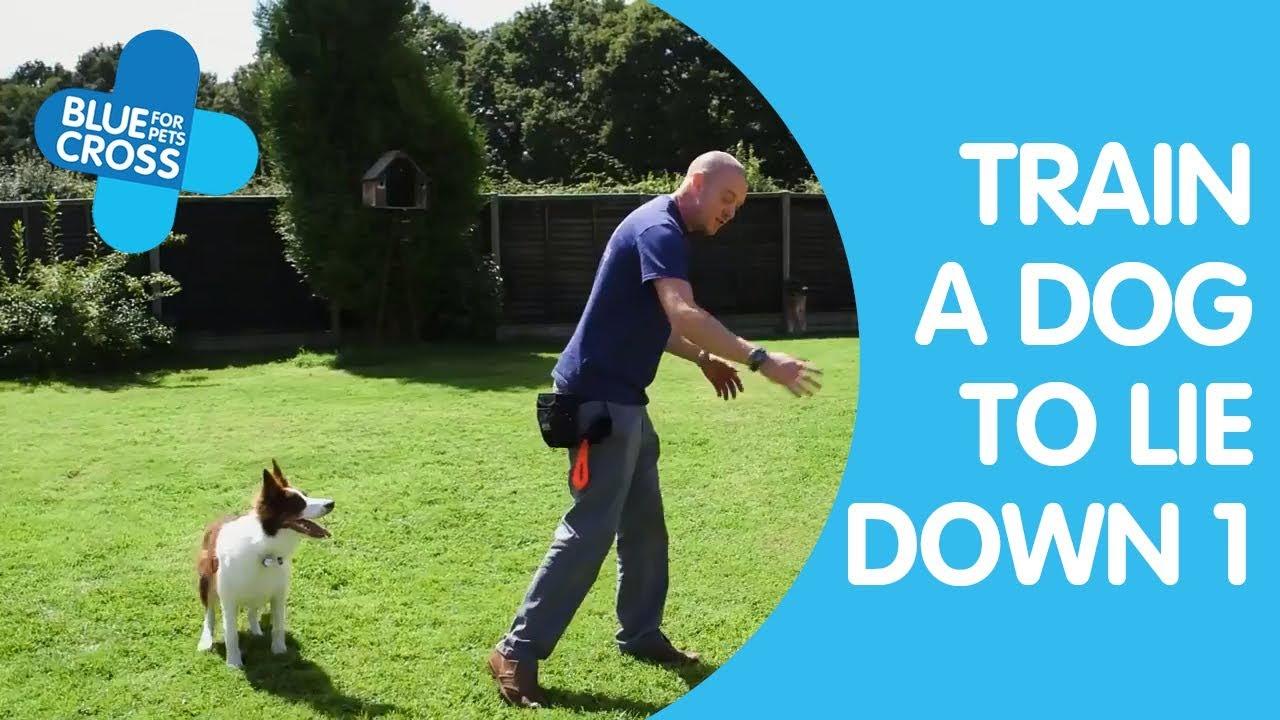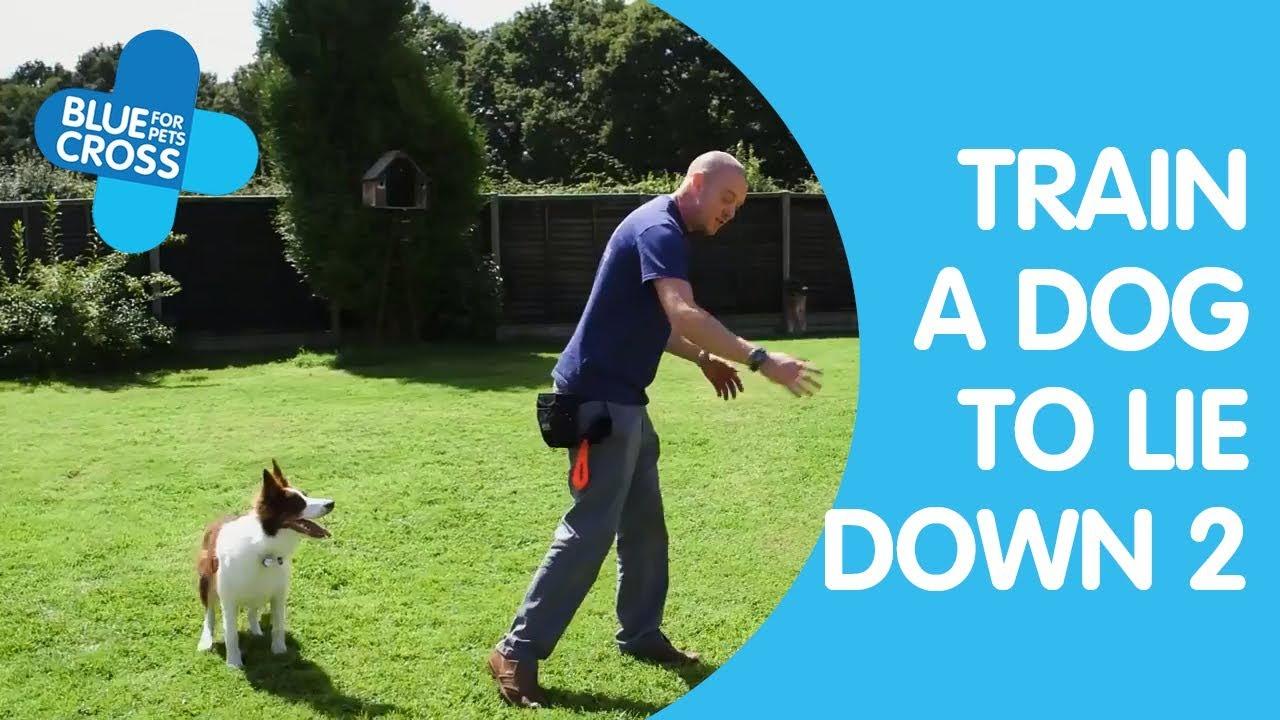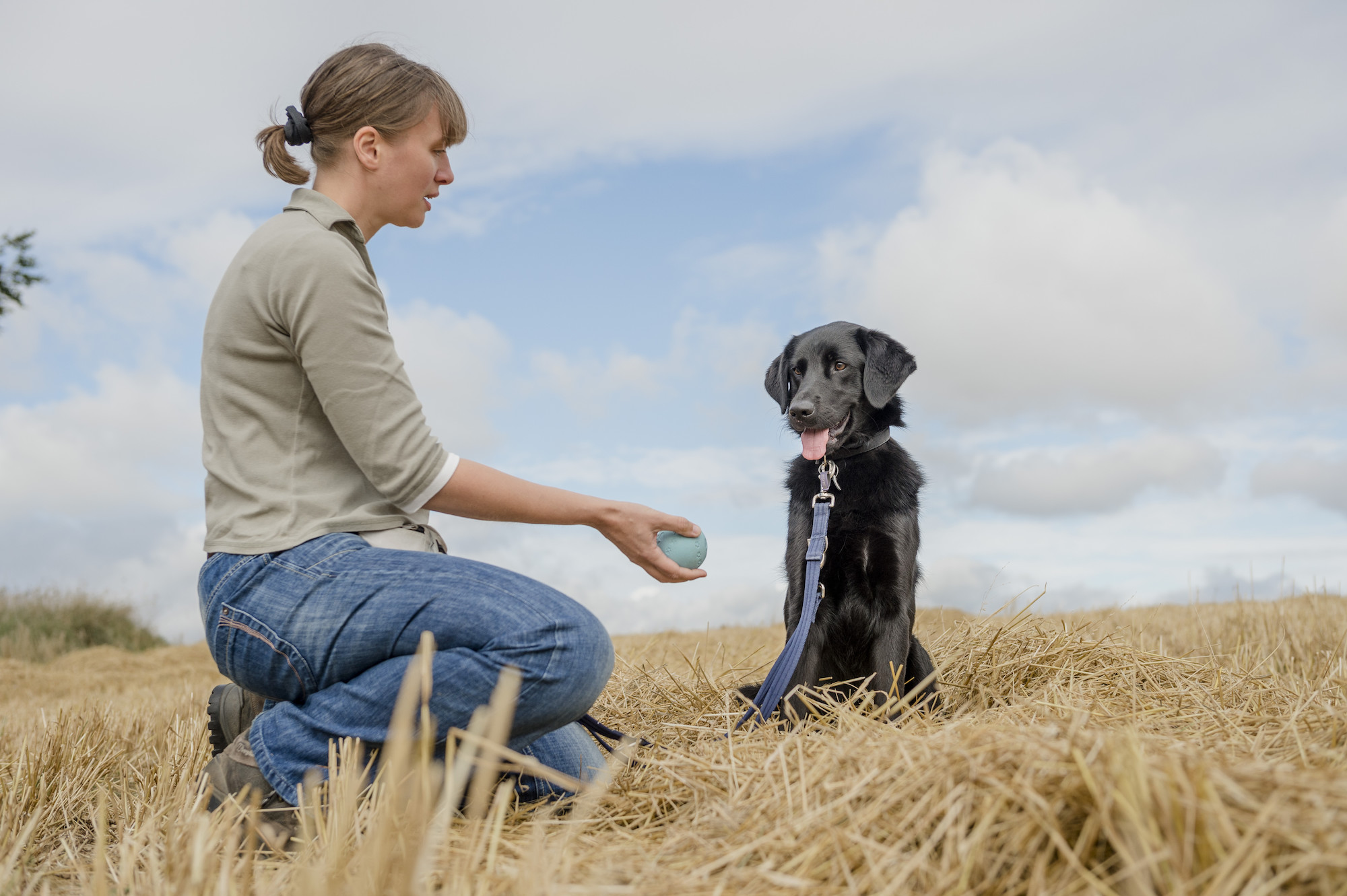
Dog and puppy training
A well trained dog is a happy dog. A dog that is well behaved can take part in family life and is welcome in more places.
For example:
- A dog that greets politely rather than jumping up will not need to be shut out of the room when visitors arrive
- A dog that walks on a loose lead is much more likely to be taken for more walks
- A dog that is under control and comes back when called can be let off the lead and enjoys more freedom and exercise. This ensures the dog has more mental and physical exercise and will be better behaved in other situations.
- Giving your dog food or toys to reward the behaviour you want makes it fun for both of you. You will also get to know each other better, which in turn ensures you have a strong bond.
How dogs learn
Dogs learn by association, so if your dog does something and is rewarded, the action is much more likely to be repeated. For this to be effective the reward must be linked to the action. When training, this means the dog should get the reward within one second of the action.
Things to remember when training your dog
- Make learning fun. Your dog will respond much more quickly, and if you do make mistakes the dog will not be afraid of trying again. If the dog does make a mistake it is your fault. Try again, but this time ensure you are in a position to help your dog to get it right.
- Keep sessions short (about two minutes) and practise about five to six times every day
- Practise in different areas, for example in the house, out on walks and in the garden, but keep distractions to a minimum until your dog understands your requests
- When to reward:
– all the time for the right movements
– then for the whole action
– then for best attempts - Rewards can be:
– food (this can be part of your dog’s dinner or small treats)
– praise– a toy or game
Remember it is only a reward if your dog wants it.
Equipment needed to train your dog
A correctly fitting flat buckle collar or “Gentle Leader” headcollar, long lead, titbits, toys and a list of the commands you are going to use (to ensure consistency).
Training for life
Remember you need to repeat these exercises a few times a day, every day, until your dog is trained. Once trained, you can maintain your dog’s response by occasionally going back to basics and rewarding the behaviour you want.
How to get your dog to pay attention and respond to its name
Hold the reward between your and your dog’s eyeline, say your dog’s name and as soon as your dog looks at you, give the reward.
When your dog pays attention to its name you can teach the dog to come when called.
Come when called
- Show your dog the toy or food
- Run away a couple of paces
- Call your dog’s name and say “come”in a happy voice
- As the dog comes to you, hold the collar and either feed or play with your dog
- Gradually increase the distance that you are from your dog, until eventually you can call your dog in and out of the garden or from room to room
- Only call when you are going to praise your dog – do not call your dog if you are going to punish or shout at it
Recall your dog regularly when out on a walk and give a reward. Don’t call your dog just to put it back on the lead.
How to get your dog to "sit" on command
Lure your dog into position with a titbit just above its nose, then move your hand over the dog’s back.
As the dog’s head tilts up and back the dog will sit. As your dog actually sits, say the command “sit”. Don’t say it before the dog moves into position or your dog may associate it with the wrong movement.
Caution – if the reward is held too high, or moved too quickly, your dog may jump up or back off.
Practise the sit at kerbs, or when greeting people ask your dog to sit rather than jumping up – remember to reward!
How to get your dog to go "down" on command
From the “sit” position it is easy to lure your dog to the “down” position.
Place your hand just under the dog's chin near to the chest – lower your hand to the floor.
When on the floor, slowly draw your hand forward and the dog will follow it into a down position. As your dog lies down, say "down".
If your dog isn't lying down, try teaching the command under your leg or chair so that the dog has to lower its body.
How to get your dog to “wait” or “stay”
When you have taught your dog to sit and lay down on command, you can extend these exercises to include the dog staying in one place. Ask your dog to “sit” or “down” then, instead of giving the titbit straight away, wait for a few seconds and say “wait” or “stay”.
How to train your dog to walk on a loose lead
Before you begin training, decide which side your dog will walk on and how far in front you are prepared to allow your dog to go. You may also consider using a Gentle Leader since used correctly, this will stop the dog pulling and will give you control of large or powerful dogs.
Pulling often starts before you even leave the house, so training your dog to walk on a loose lead starts with getting your dog to sit quietly as a lead is put on.
With your dog sitting at your side, set off and give the command “heel” (so that your dog is aware you are about to move). If the dog gets ahead, stop and encourage it back to your side with a titbit. Repeat. To begin with, stop every three to four paces to praise your dog and give a titbit. Do not use your voice unless your dog is at your side. You can also practise this off-lead in a secure area – this makes you work really hard at keeping your dog with you, rather than relying on the lead.
How to teach your dog to “leave” or understand “off”
Teaching a “leave” or “off” command helps teach your dog self control and is also useful in the following handling exercise.
Continue to give titbits, but every third or fourth time say “off” or “leave” and keep the titbit between your fingers and thumb so that your dog can’t eat it. Don’t move your hand away as that will encourage snatching, but as soon as your dog stops nibbling your fingers and moves away slightly, immediately reward by saying
“take it” and allowing the dog to eat the titbit. The dog learns to back off in order to receive the titbit.
Getting your dog used to handling, grooming and restraint
Your dog must learn to be touched all over so that you are able to go to the vets, give medication, clean teeth and feet and so on.
When your dog has learned the “off” command you can hold a titbit just in front of your dog and gently handle your dog. Start by briefly holding a paw, lifting a lip or stroking under the tummy, then allow the dog to take the titbit. You will be keeping your dog’s attention on the food and rewarding your dog for being handled in one exercise.
Go on to teach your dog more useful things
When your dog has learned the basics and learned to work for rewards, you can teach lots of fun and useful things such as: go to bed, settle, retrieve and tricks such as shutting doors, roll over, give a paw and so on.
You may also consider joining a dog training club for your dog to work towards gaining the Kennel Club Good Citizen Award, or taking part in a sport such as agility. The Kennel Club and Association of Pet Dog Trainers will have a list of training clubs.

